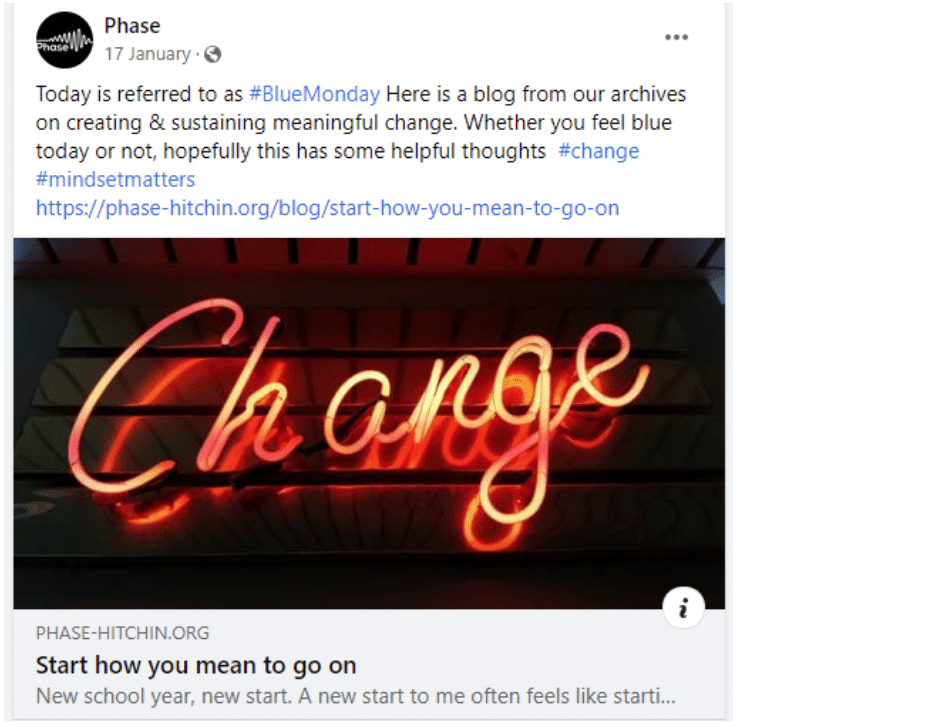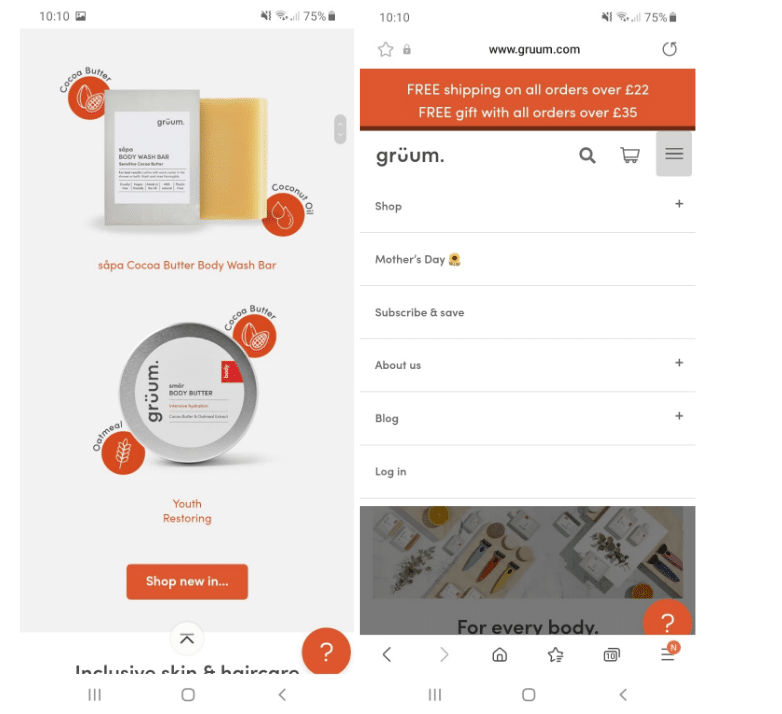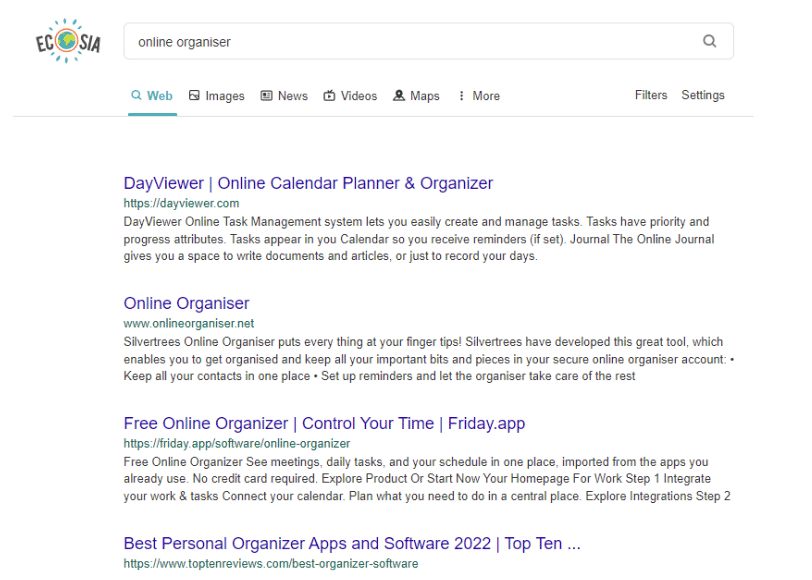Getting your website noticed isn’t hard when you know what you need to include. This involves both the main content of your webpages as well as metatags in your metadata. These can be used to influence your position in SERPs and attract more attention from users, impacting your webpage traffic. Using our meta tags guide, you’ll learn the ones you need to include and how to make them as effective as possible.
What are meta tags?
Used within the HTML of webpages, meta tags summarize your webpage content for search engine categorization or users previewing your website. By avoiding SEO mistakes and using keywords, these optimize web pages so that they rank highly in search engine results pages (SERPs). If used successfully, meta tags draw more traffic to your web pages.
There are various types of meta tags, each with different purposes and uses. From them, search engines associate your page with search terms. Similarly, browsing customers decide whether your page is relevant or of interest, based on the meta tags they can see. Ensuring you have the ones in our meta tags guide helps your website get noticed and creates a good first impression.
Meta tag examples:
-
Title tags
When introducing your pages, titles are essential. A title tag labels your webpage, appearing on SERPs, browser tabs, and as anchor text when sharing your pages on other websites. This provides your first opportunity to engage users across platforms and attract them to your webpage. Also, title tags impact the search terms that list your page.
First, check if you know the answer to ‘What is anchor text?’ and include relevant keywords to summarize your page in your title. This attracts users searching for specific topics and helps SERPs to associate them with search terms. Give each page a unique title as multiple pages with the same title confuses search engines, resulting in relevant webpages not displaying.
-
Meta description
When you use a search engine, your results display meta descriptions to give a preview of the webpages. These engage and interest users, convincing them to visit your page. Although meta descriptions don’t directly affect your SERP ranking, some search engines do measure click-through rates to influence their listings. So, the more clicks your pages receive, the better.
Include the most important information in your meta description, whether promoting your live transcription service or highlighting product features. Meta descriptions catch the user’s attention, using keywords to let users know your page is relevant to them. However, be aware of character or word limits for meta descriptions, ensuring you don’t get cut off mid-sentence.
-
Meta content type
For your content to present using the right characters every time, you need a meta content type tag. Different languages use different characters and these can get confused or altered without meta content type. Also, this meta tag specifies the media type you are using – whether you are writing in HTML or plain text, ensuring the right words are displayed on your page.
Most website designers will recommend a meta content type for your page. Likewise, when using online web design platforms, these will use a standard meta content type. Before launching your website and pages, check they appear as they are supposed to and display your content clearly to customers. If not, editing your meta content type may help resolve the issue.
-
Viewport
To make your website accessible and drive mobile traffic to your business, include viewport meta tags. This adapts your pages for mobile viewing, displaying your content within the screen size and ensuring all buttons or links can be used. This optimizes your pages for mobile users, increasing the average time spent on your pages which influences search engine analytics.
Be aware that there’s no standardized mobile screen size, which can cause issues for your viewport. When inputting your webpage meta tag, choose minimums and maximums for the scale of your pages, so that it renders appropriately to a range of screen sizes. Also, remember that mobile devices can allow orientation changes, which again affect your webpage display.
Best practices for using meta tags
-
Use keywords
SEO relies on keywords to correctly list your web pages and rank them in results. The more keyword matches your page’s meta tags have, the higher they appear in SERP. This helps users find your pages when searching for related terms. However, do your keyword research to keep these relevant and topical, otherwise, they confuse both users and search engines.
-
Calls to action
Particularly in meta descriptions, calls to action use customers’ emotional intelligence to motivate them to visit your web pages. These should relate to the content and title of your page to avoid coming across as clickbait. By attracting more attention, calls to action influence search engine metrics, improving your ranking due to the popularity and click-through of your links.
-
Know the limits
For both title tags and meta descriptions, different platforms or search engines will limit the characters or words included. Alternatively, viewport meta tags set your webpage pixel limits, which are equally important to bear in mind. Exceeding the word or pixel counts will result in your text and content being cut off and unviewable, potentially damaging the user experience.
Optimize your meta tags
Using our meta tags guide to improve your SEO ranking and web page visibility should be part of your business continuity plan. Improving these with keywords and by making your pages accessible impacts your site traffic. It’s not just SERPs that value meta tags, as other platforms and users utilize them to display your webpages and gauge the relevance of your content.
We’ve covered some of the essential meta tags your website needs, however, there are plenty of others that further categorize and optimize your web pages. Experimenting with these may enhance your SERP ranking, although adding all of them may waste your time for no visible benefit. Start with our suggestions to significantly boost your SEO and go from there.











